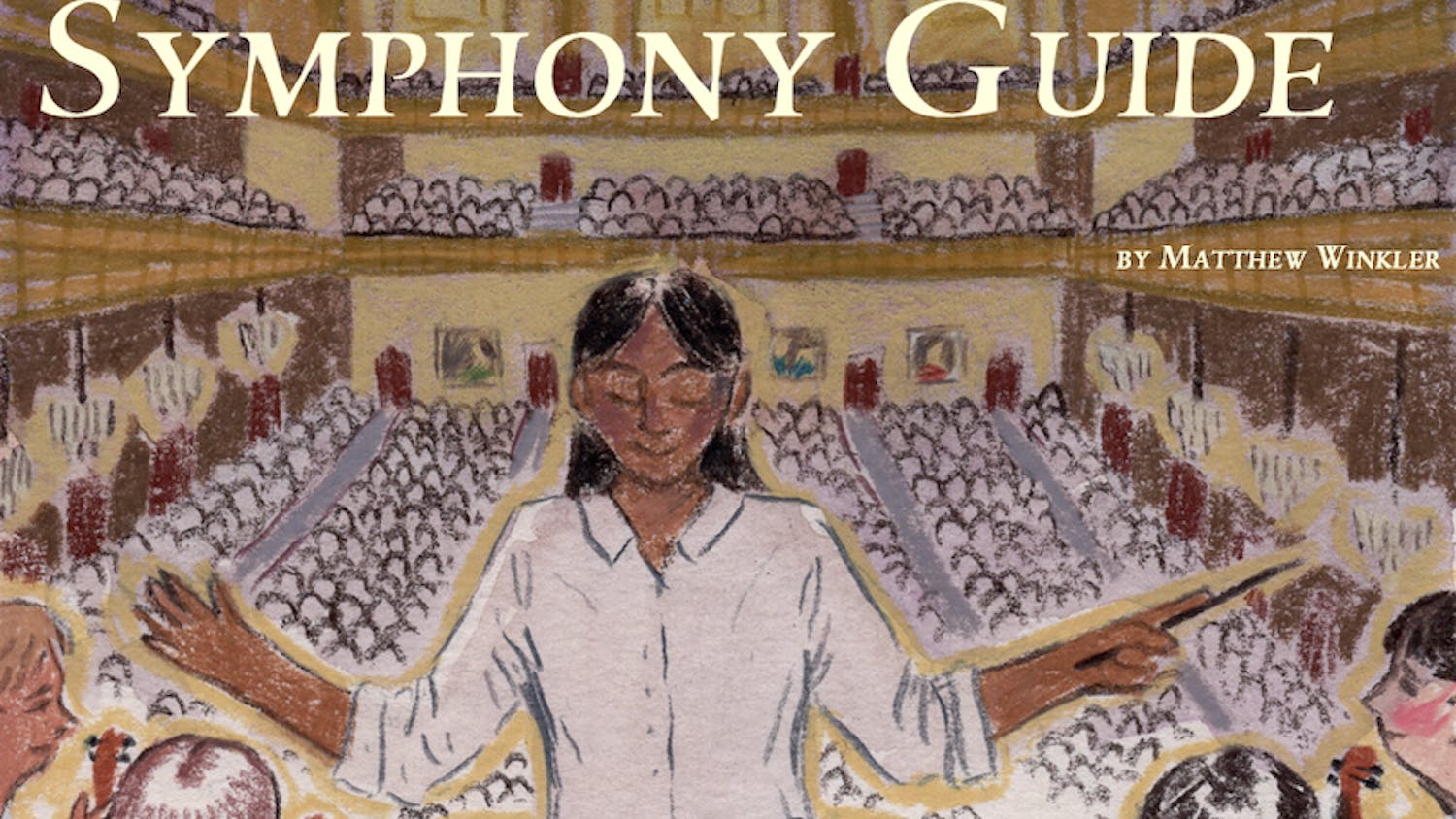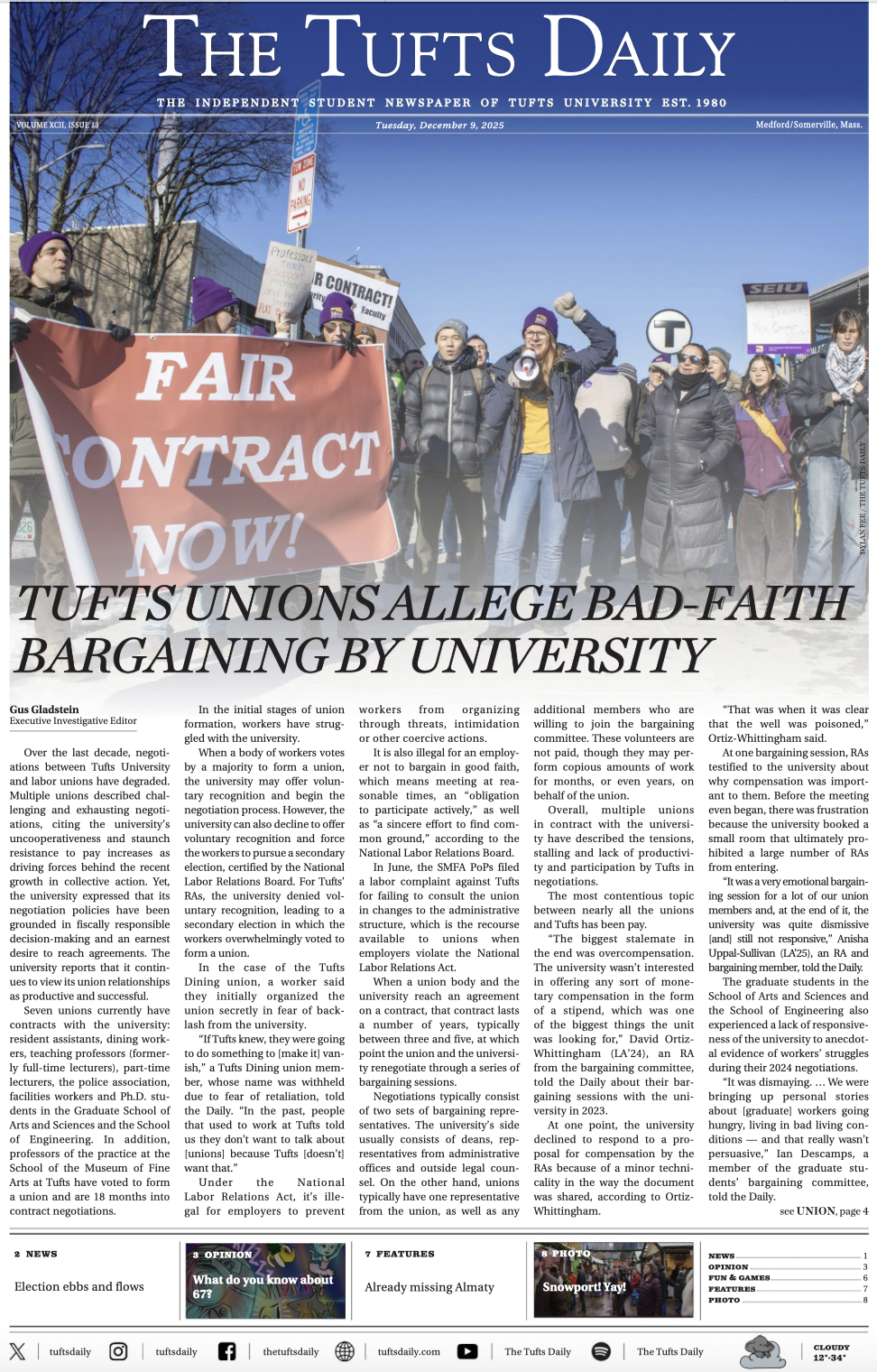"Project Runway" was one of the first competition?based reality shows that focused on talent and innovation, rather than drama and cheap entertainment. The whole idea of this show was to bring designers with entirely different aesthetics and perspectives into one setting and showcase their talents in both individual and group challenges. This allowed for diversity and excitement with each weekly challenge, which ranged from avant?garde looks inspired by the designers' astrological signs (Season 5) to creating outfits using only candy (Season 10).
The 11th season of "Project Runway," which premiered Jan. 24, brought with it a couple of big changes, the most important being that every challenge will be a group challenge, meaning that for the rest of the season, the designers will always be divided into two teams competing against one another.
Longtime fans of this once?spectacular show are just as excited as the Season 11 designers themselves-that is to say, not at all.
The team structure inevitably makes for more drama and less individuality, which may or may not have been a decision made by the producers of this Lifetime network show.
This new structure allows too much potential for backstabbing and sass on a show that has always been representative of what competitive reality television should be: a showcase of great talent and personal development.
Now that we are three episodes into the current season, it is easy to tell that these new changes are taking time to settle in. Some designers do not work on individual garments and therefore must compromise their aesthetic in order to create garments that represent a cohesive collection. In this regard, it is hard to showcase truly individual style when everything is dependent on a team mentality.
This new setup also leaves no mystery as to which are the top and bottom looks. In previous episodes, Heidi Klum, Nina Garcia, Michael Kors and a guest judge would critique six looks on the runway, and one by one, the audience would find out which three were top looks and which three were bottom ones. Now, Klum simply lists them before the critiques begin, leaving no curiosity or excitement in the judging phase of the show.
Another change that will likely be more monumental than expected is the departure of designer Michael Kors as a permanent judge. After appearing on the show for 10 consecutive years, Kors stepped down due to scheduling conflicts and has since been replaced by designer Zac Posen. Kors struck a perfect balance between Garcia and Klum and contributed hilarious and sassy critiques such as, "The inspiration was MC Hammer meets the Beverly Hillbillies grandmother," and "She looks like a transvestite flamenco dancer at a funeral."
"Project Runway" simply is not "Project Runway" without Michael Kors, but there is hope that Zac Posen will be able to contribute some constructive criticism as well as a bit of entertainment.
Host Heidi Klum and genius/mentor Tim Gunn emphasized the idea of teams throughout the Season 11 premiere, claiming that it is a better representation of teamwork in the real world. But it is not realistic and, frankly, it is unfair to the designers. To end each challenge with a winning and losing team divides them in such a way that the former is only praised, despite some possibly poor designs, and the latter is only criticized despite some possibly good designs.
As Season 11 contestant Michelle Lesniak Franklin said in the first episode, "What if the worst person was on [the other] team, but because our score was lower, someone's going to be leaving that might have had a fairly decent score?" She makes an extremely valid point and underlines the giant flaw in the latest season of a previously innovative and successful show. That being said, longtime fans of "Project Runway" will likely continue to watch because at the end of the day, the talented designers will continue to deliver well?made garments and will hopefully keep the drama level to a minimum.





